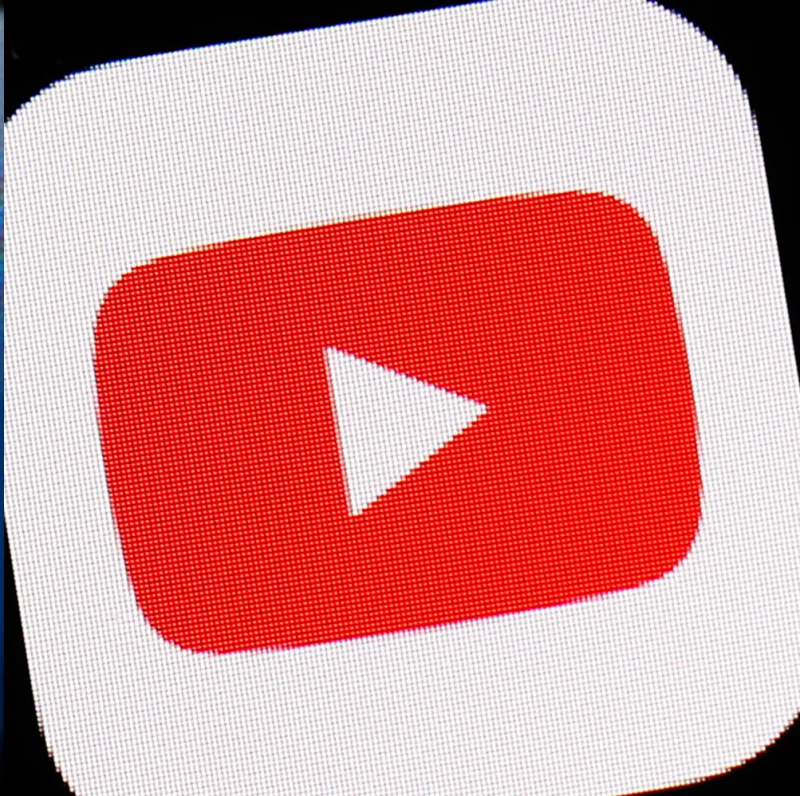YouTube to remove content promoting harmful, ineffective cancer treatments
YouTube is set to begin cracking down on cancer treatment misinformation Tuesday, the video streaming platform's latest in its efforts against medical misinformation.
After announcing in 2021 that it would remove videos with misinformation related to vaccines, YouTube plans to remove content that promotes cancer treatments proven to be harmful and ineffective, along with videos that discourage viewers from seeking professional medical treatments.
The efforts begin Tuesday and are set to ramp up in the weeks to come, according to a Tuesday blog post.
“Our mission is to make sure that when (cancer patients and their loved ones) turn to YouTube, they can easily find high-quality content from credible health sources,” Dr. Garth Graham, global head of YouTube health, said in the post.

What types of videos are not allowed on YouTube?
YouTube ‒ owned by Google parent company Alphabet ‒ will be streamlining dozens of its existing medical misinformation guidelines into three categories: prevention, treatment and denial. The policies will apply to content that contradicts local health authorities or the World Health Organization, according to the blog post.
Under the new guidelines, YouTube will remove YouTube videos that promote harmful or unproven cancer treatments in place of approved care, such as claims that garlic cures cancer or videos that advise viewers to take vitamin C instead of radiation therapy.
YouTube is also collaborating with the Mayo Clinic on a series of videos on cancer conditions and the latest cutting-edge treatments.
“The public health risk is high as cancer is one of the leading causes of death worldwide," Graham said. "There is stable consensus about safe cancer treatments from local and global health authorities, and it’s a topic that’s prone to misinformation."
What is disinformation? Misinformation?What to know about how 'fake news' is spread.
Cancer was the second leading cause of death in the U.S. in 2020 with more than 602,000 deaths, according to the Centers for Disease Control and Prevention. About 2 million people are expected to be diagnosed with cancer in the U.S. this year alone, according to the National Cancer Institute, part of the U.S. Department of Health and Human Services.
A 2020 study that examined the top 150 YouTube videos on bladder cancer found the overall quality of information was “moderate to poor” in 67% of the videos. The study, led by Dr. Stacy Loeb, a professor of urology and population health at NYU Langone Health, found YouTube “is a widely used source of information and advice about bladder cancer, but much of the content is of poor quality.”
A similar study led by Loeb in 2018 found many popular YouTube videos about prostate cancer contained “biased or poor-quality information.”
Disclaimer: The copyright of this article belongs to the original author. Reposting this article is solely for the purpose of information dissemination and does not constitute any investment advice. If there is any infringement, please contact us immediately. We will make corrections or deletions as necessary. Thank you.







